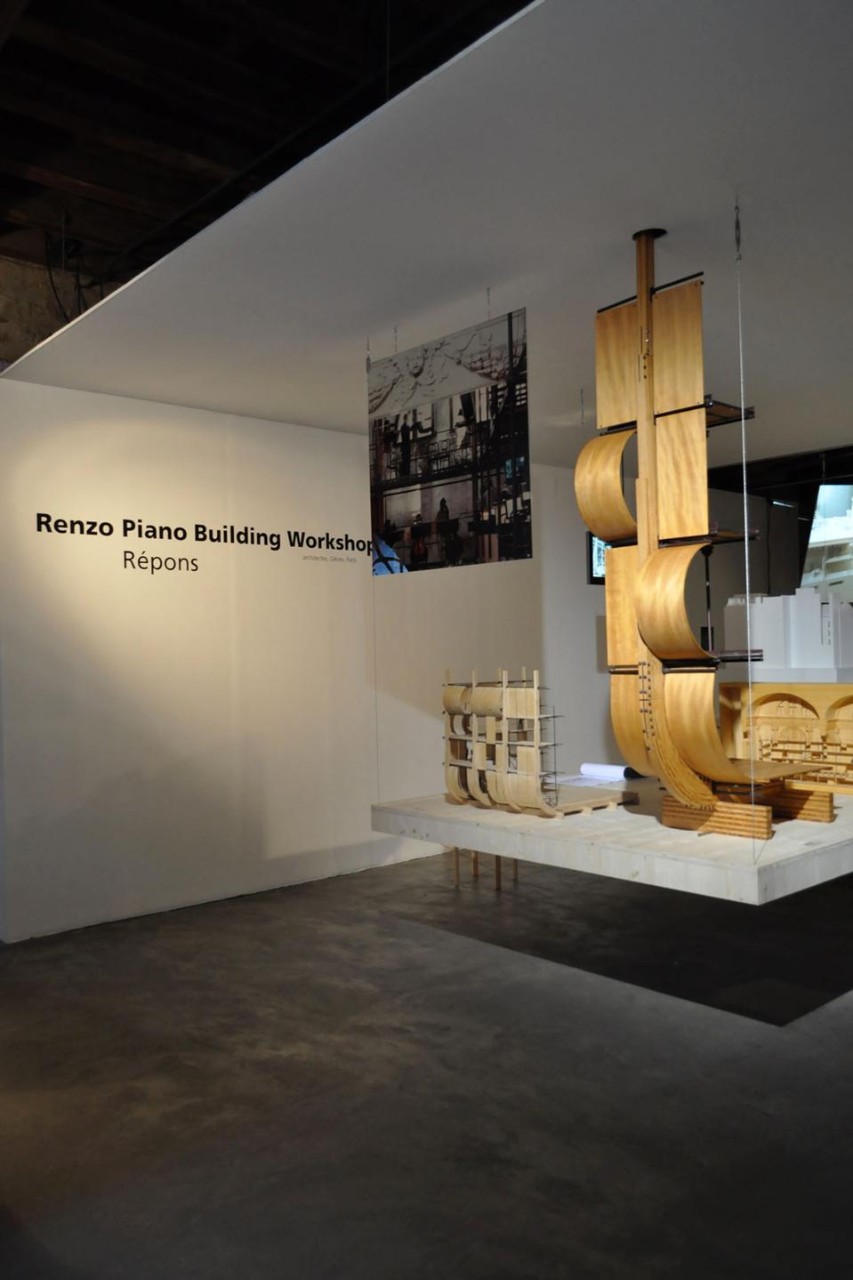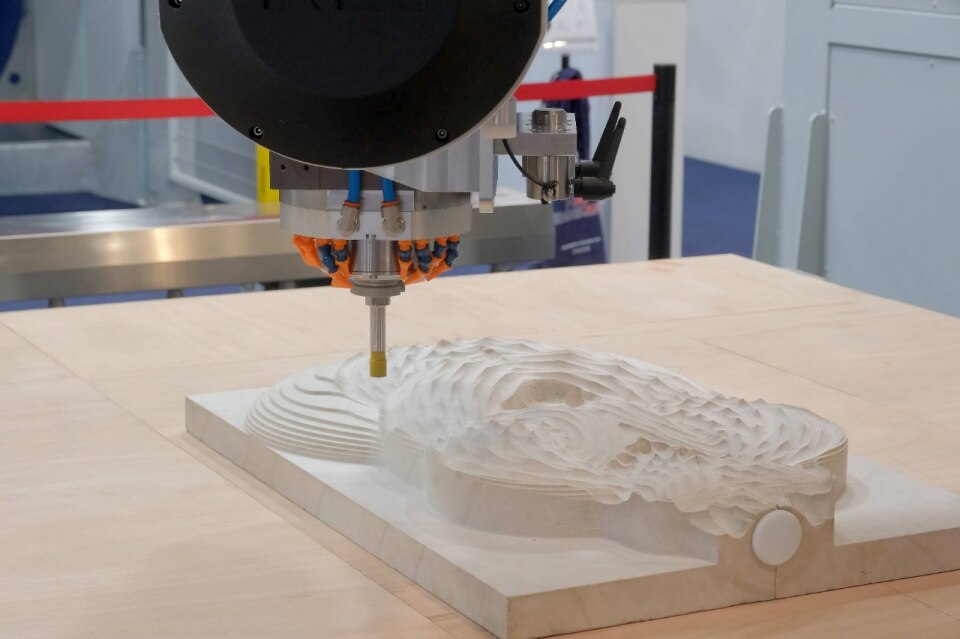How did you select the projects shown here?
Piano made an initial selection, based on showing one project per room. For our part, we wanted the exhibit to contain a good variety and be as explicit as possible to the public. We are offering an opportunity to rediscover some of his old work, lesser known or partially forgotten buildings such as his early "free-plan houses" and the renewal project for the city of Otranto, in Apulia, southern Italy.
Isn't architecture difficult to display?
Yes. Here, we approached it in a playful concept: Prometeo was made in response to music; Beaubourg to highbrowism and the idea of metropolis; the Nouméa cultural centre in response to the site's natural beauty; Maison Hermès to the city of Tokyo. In the end, we asked him to select 14 projects in this way. Of course, the Ronchamp convent had to be included, because it's in the news a lot here in France.
Has Ronchamp caused much debate?
Yes, it has become a controversy, among other reasons because Piano has decided to open the works without waiting for approval from the Department of Culture. He was able to do so legally, and went ahead, presenting everyone involved with a fait accompli.
Getting back to the exhibition, tell us about the models and videos.
We had Louise Lemoine and Ila Beka shoot three films on three different buildings by Piano: the B&B building (which I find interesting for how it shows Piano's ideas so clearly in 1973, before he even designed the Centre Pompidou); the Ircam extension across from Centre Pompidou; and the Beyeler Foundation museum. Lemoine and Beka were asked to use their critical and impertinent eye in making these videos. They spent one day filming each of the buildings, talking to people who use them on a daily basis. This approach allows the designs to be portrayed by ordinary individuals. Another element of "Répons" are the audio interviews with people who were influential to certain projects. We have Marie-Claude Tjibaou on Nouméa, Sister Brigitte of the Clarisse Convent on Ronchamp, Roberto Lucchi on the "free plan houses", and Pierre Boulez on the Ircam extension. At this exhibition, Renzo Piano's work emerges from their words, from photographs, and the personal accounts given in the videos.
What about drawings?
They are presented too, allowing a different level of insight for more expert viewers (like architects) who appreciate details and technicalities. Yet Piano is a "people's architect", which I say as a compliment. His work is accessible, has a certain simplicity, is made for actual persons.
One table is entirely dedicated to the Centre Pompidou project.
This extraordinary project needs to be contextualised. As it was said at the time, the job was "given to two young architects, two unmannered beatniks". It came about thanks to the forceful political drive of then president Georges Pompidou and a special jury headed by Jean Prouvé. The Otranto city-renewal is another noteworthy project. When he designed it, Piano was a UNESCO Goodwill Ambassador, so he conceived of an "atelier" of urban reflection inside the city's historical centre. This was not a technical invention, but the creation of opportunity for human relations, aimed at solving the problems of the local population.
From collective exhibitions like "Mutations" and "Insider" to solo shows like this one on Renzo Piano, how has your way of portraying architecture at the arc en rêve changed over the last ten years?
Before "Mutations", we organised an exhibition that was fundamental in this sense, "City on the Move", with curators Hans Ulrich Obrist and Hou Hanru. It was a co-production between "centre d'architecture arc en rêve" and our neighbours, the contemporary art museum of Bordeaux (CAPC). It was the first exhibition to be entirely conceived by architects (Rem Koolhaas and Bruce Mau, among others) where architecture was mixed with contemporary art. Then we had a series of exhibitions called "Est Ouest Nord Sud", where different urban situations from all over the world were illustrated. It showed how architects, industrial designers and graphic designers have the capacity to make us dream or, to the contrary, plunge us into a universe of misery, hunger and armed conflict. And then there was "Insider", which was about something entirely different: artistic practices.
Could we say that arc en rêve seeks out trends that are underway and allows them to be discovered by a broad public?
Yes. Each of our shows is accompanied by a number of conferences and debates, where philosophical, political and social issues are looked at from an architectural or urban viewpoint. It can happen that personal forms of resistance from artists and architects emerge, and also non-professionals have interesting things to say. The participation of the public is extremely important to us. I believe that one of the reasons "Insider" had so much success is that the spectators found themselves in the photographs at the end. "Insider" marked a return to Europe, to a mix of local and global, while "Mutations" was about planetary phenomena that were happening throughout entire continents.
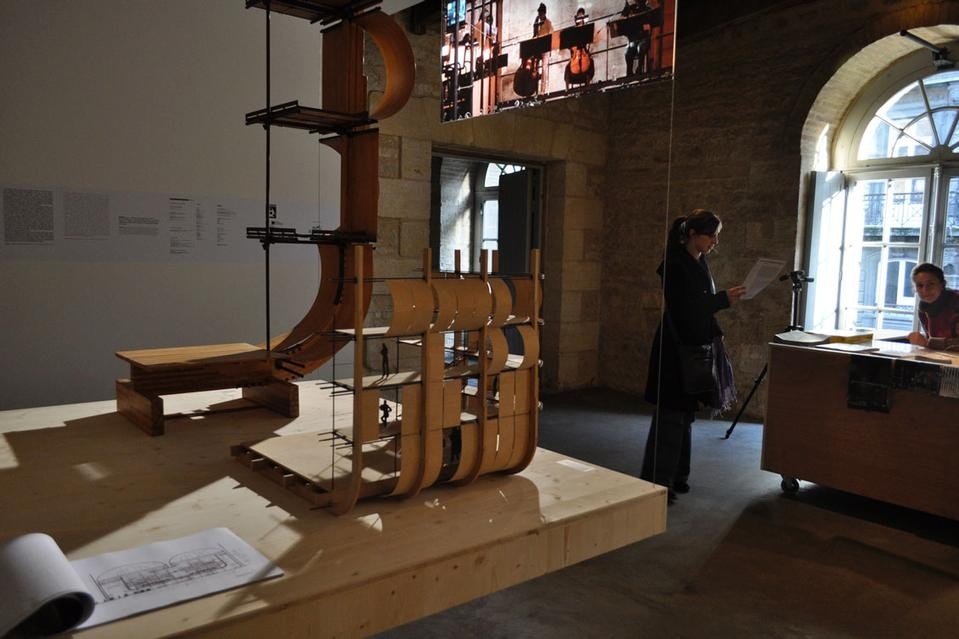
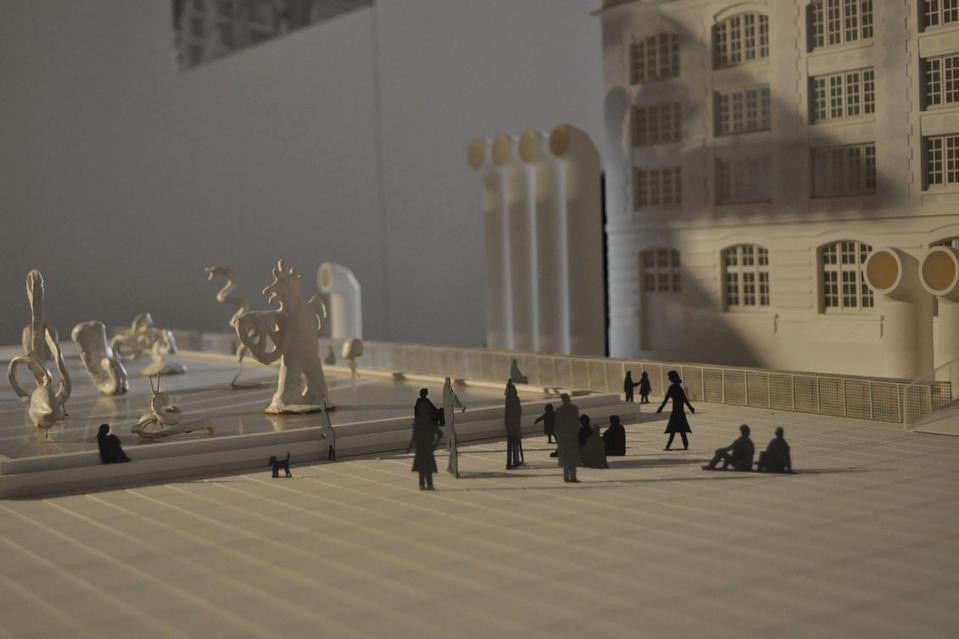
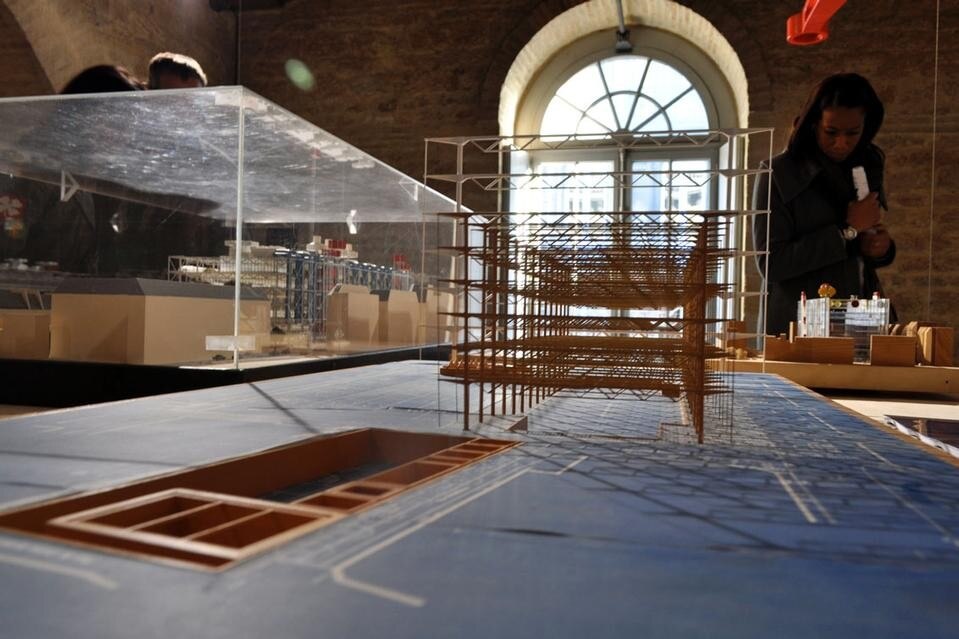
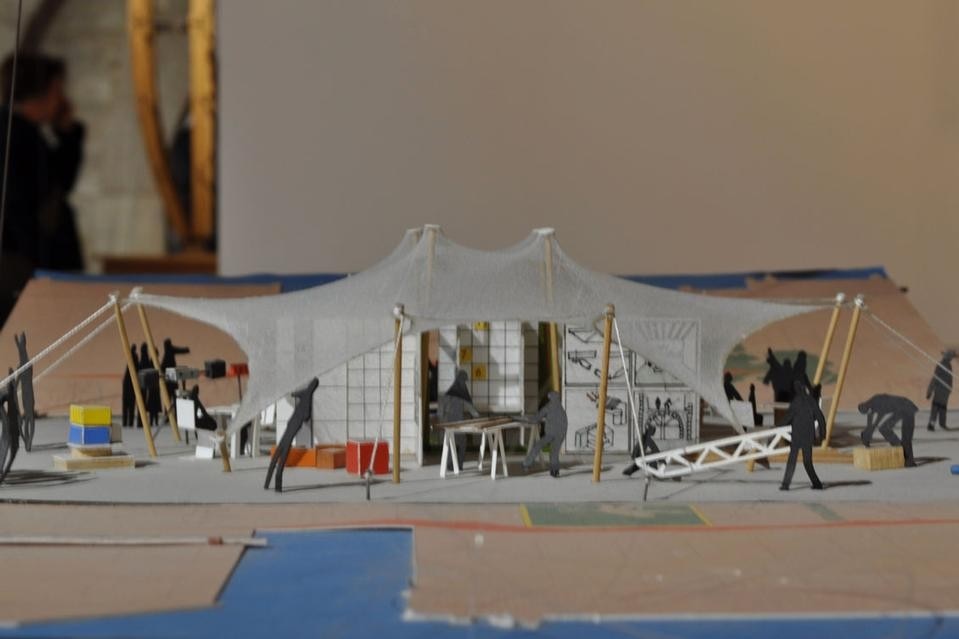
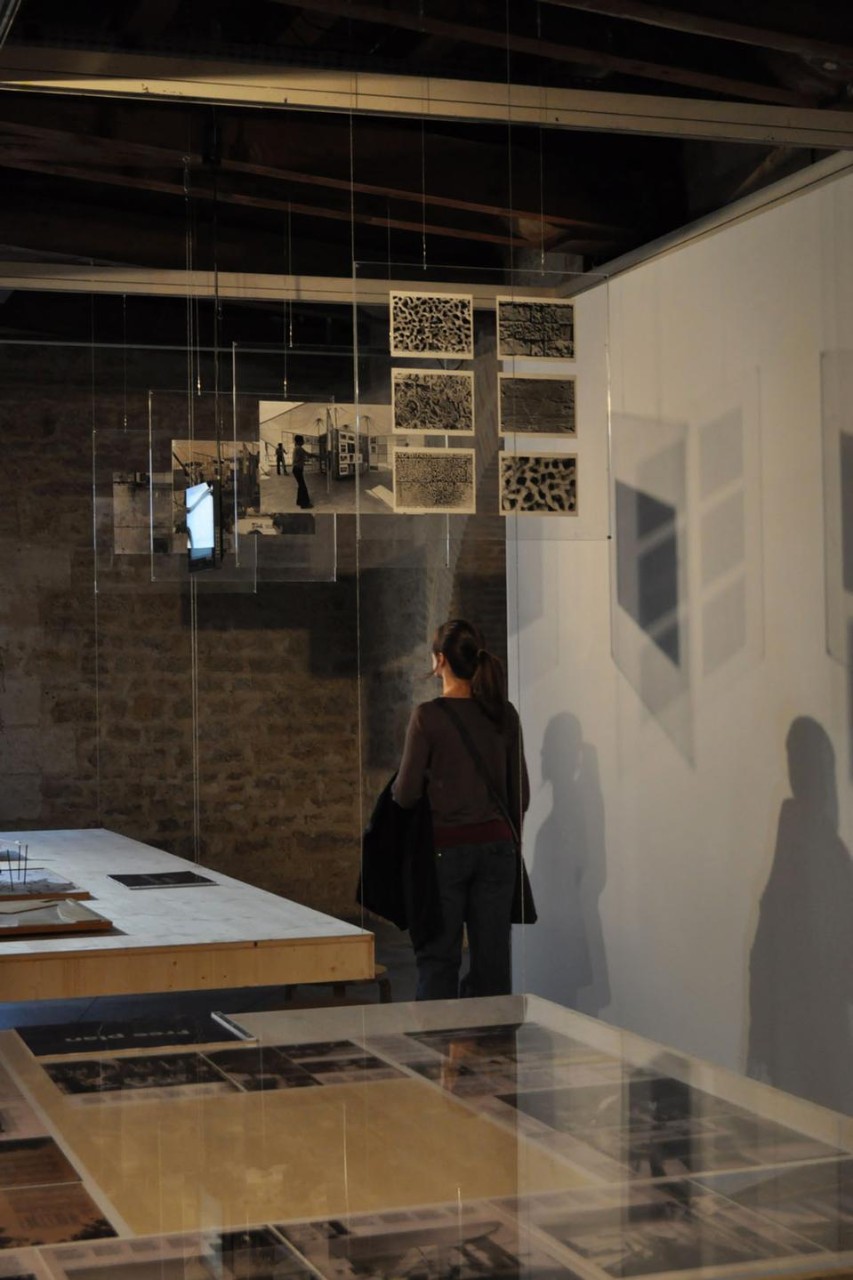
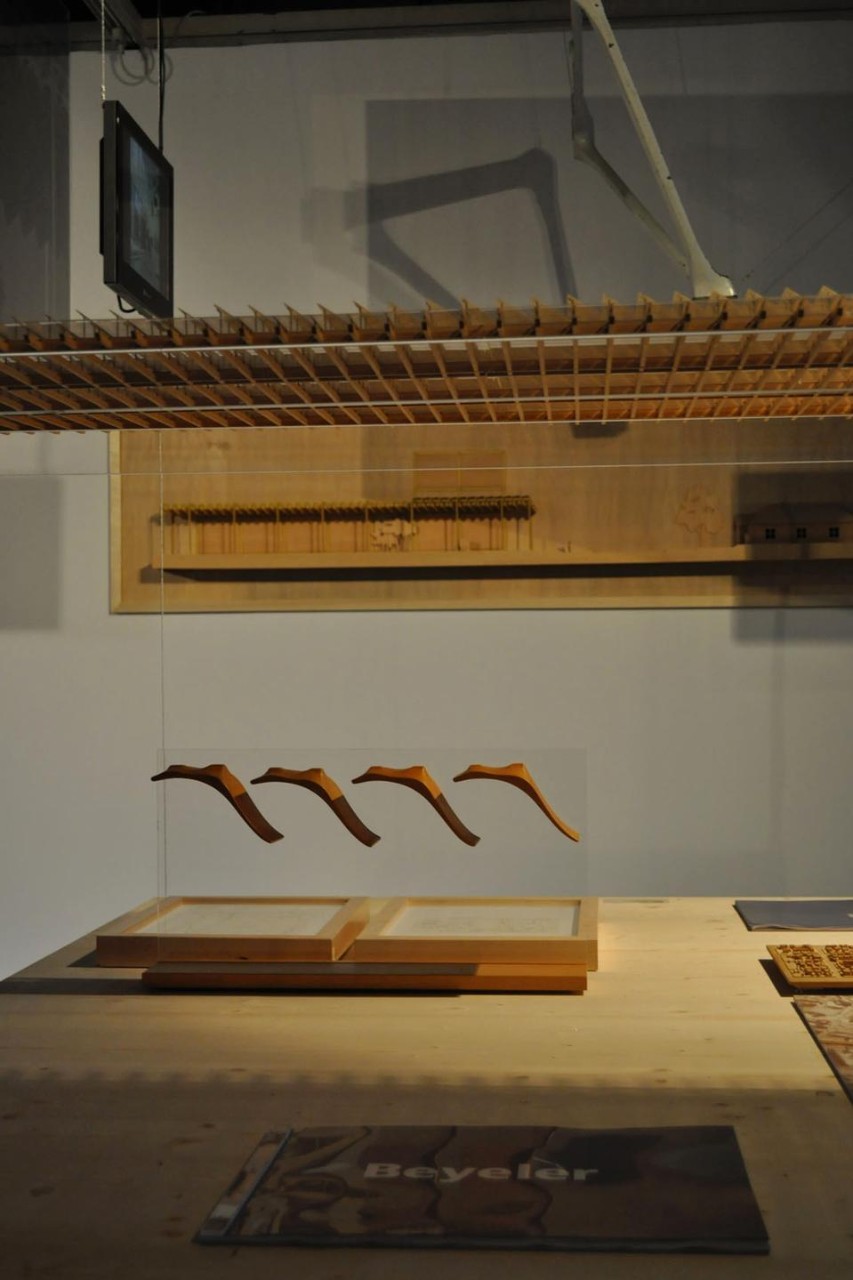
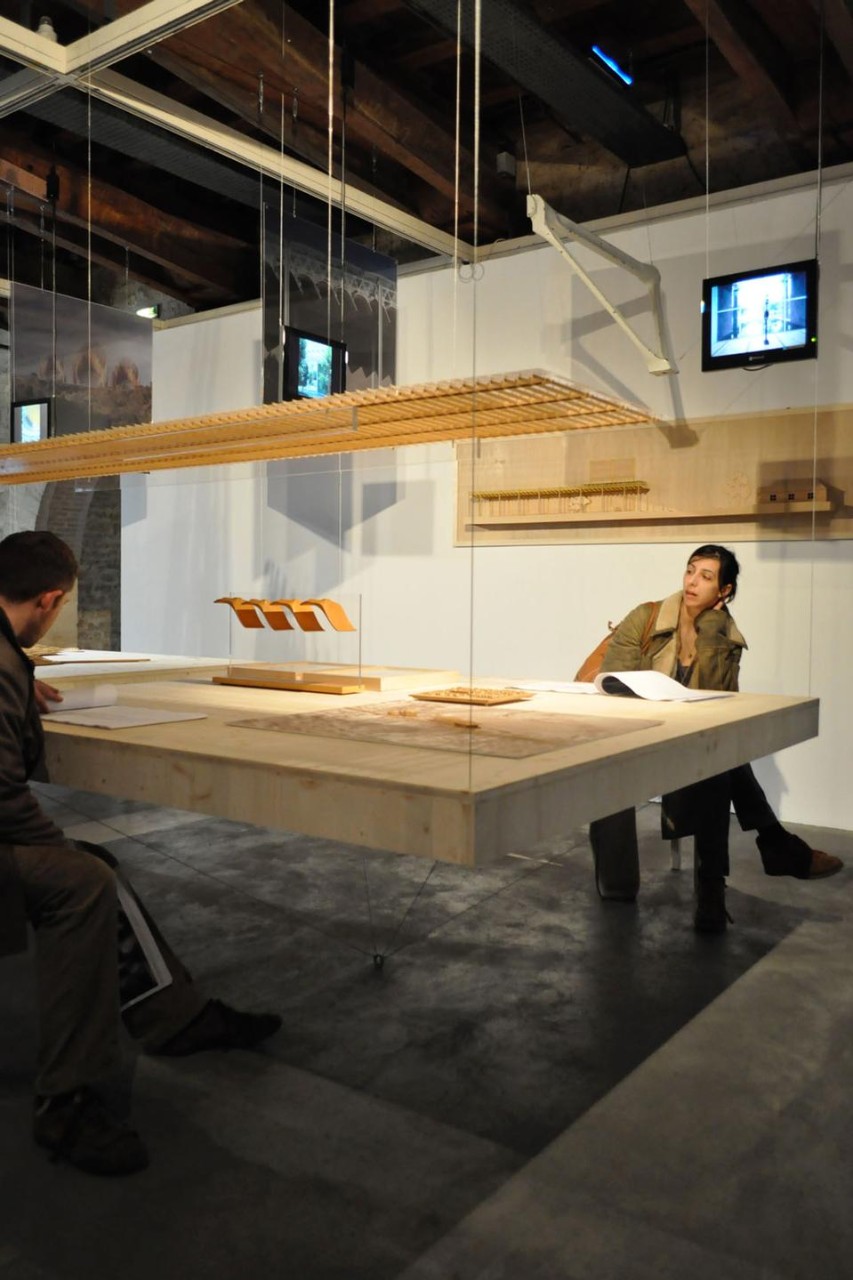
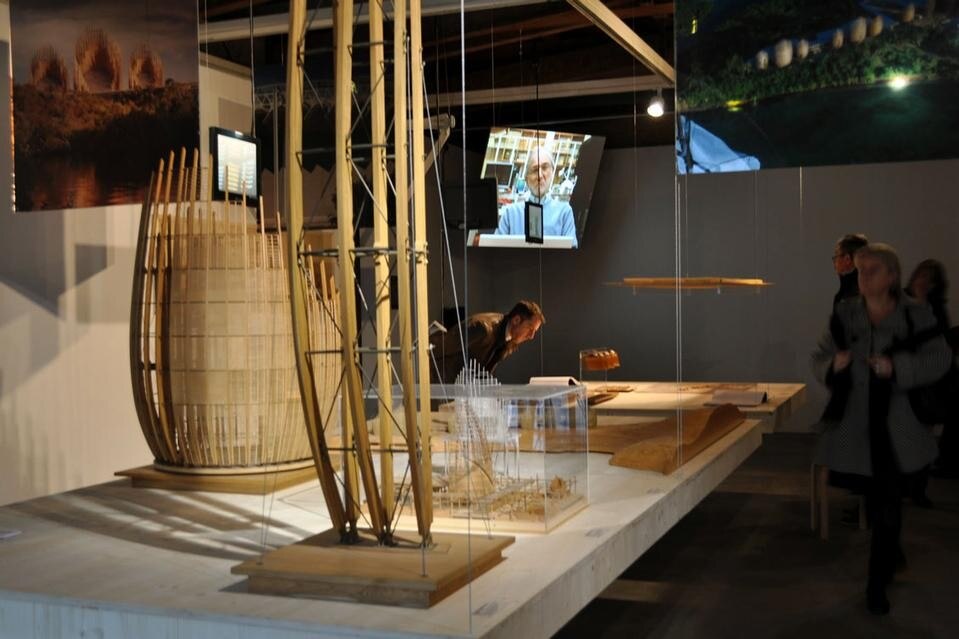
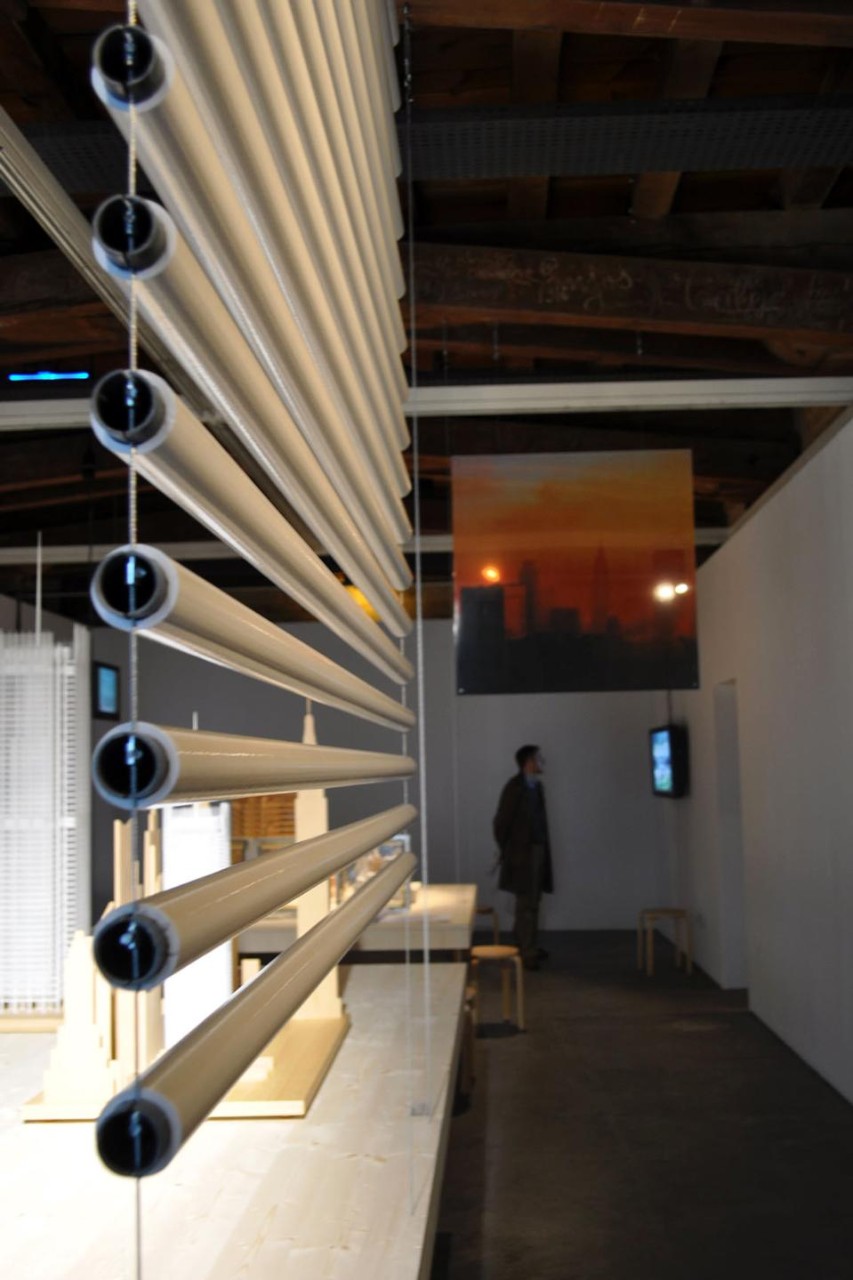
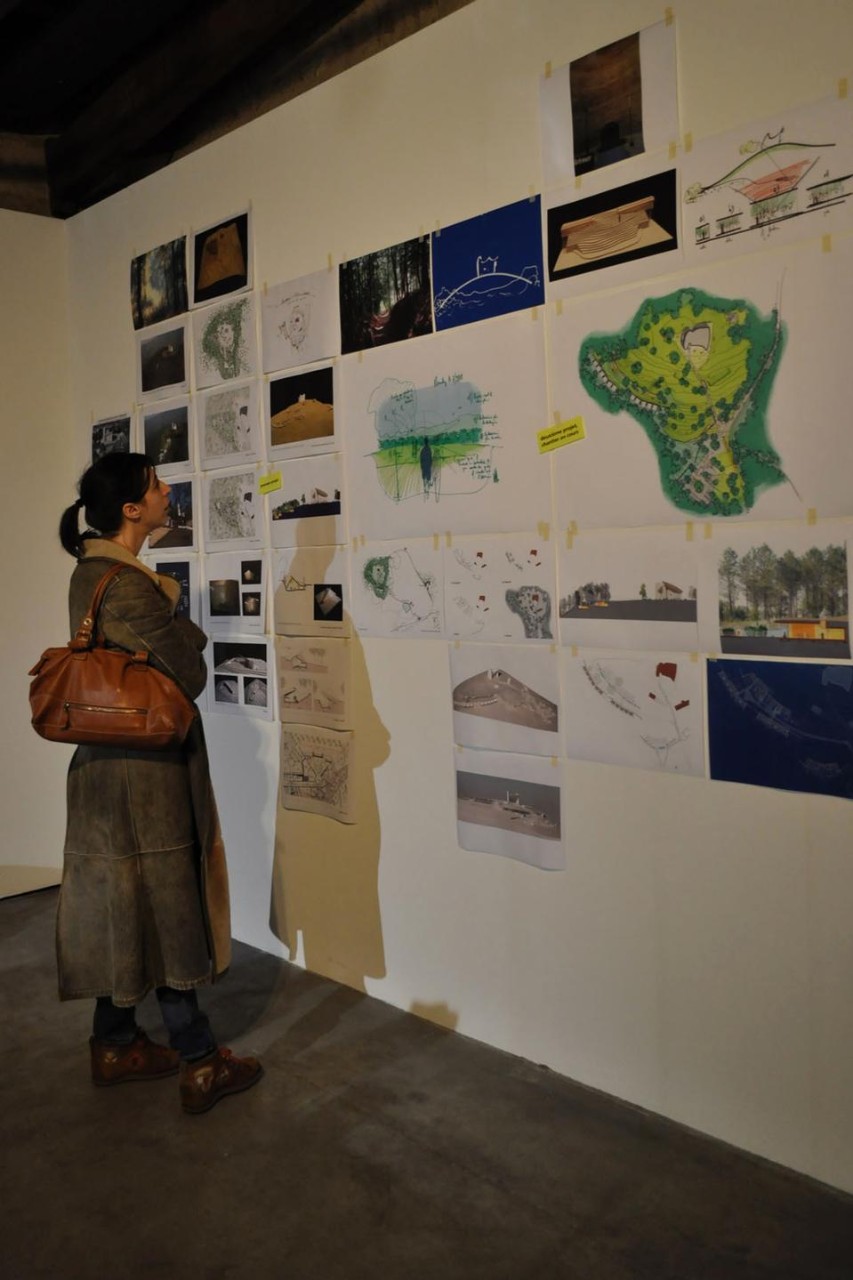
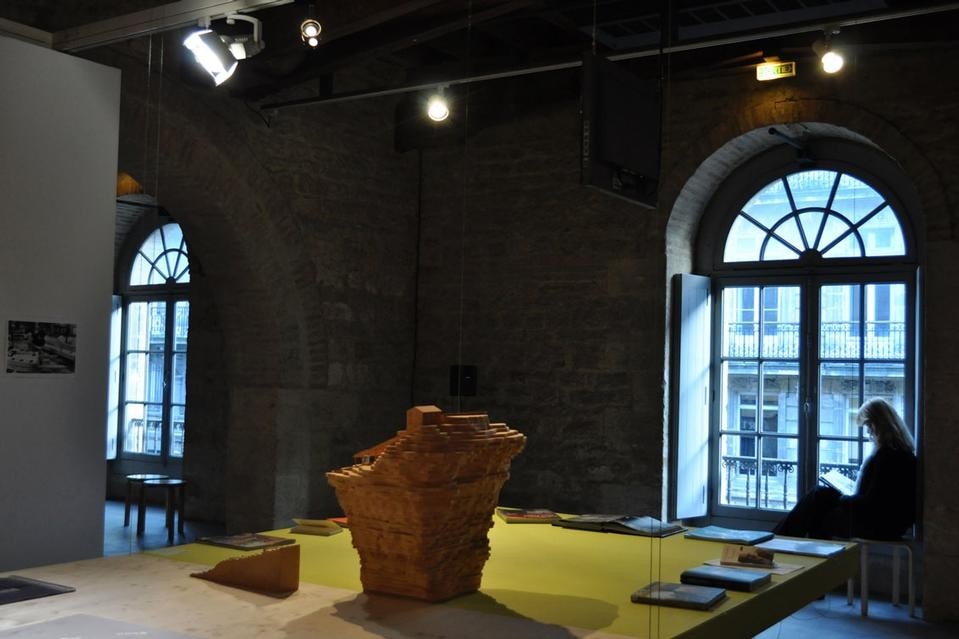
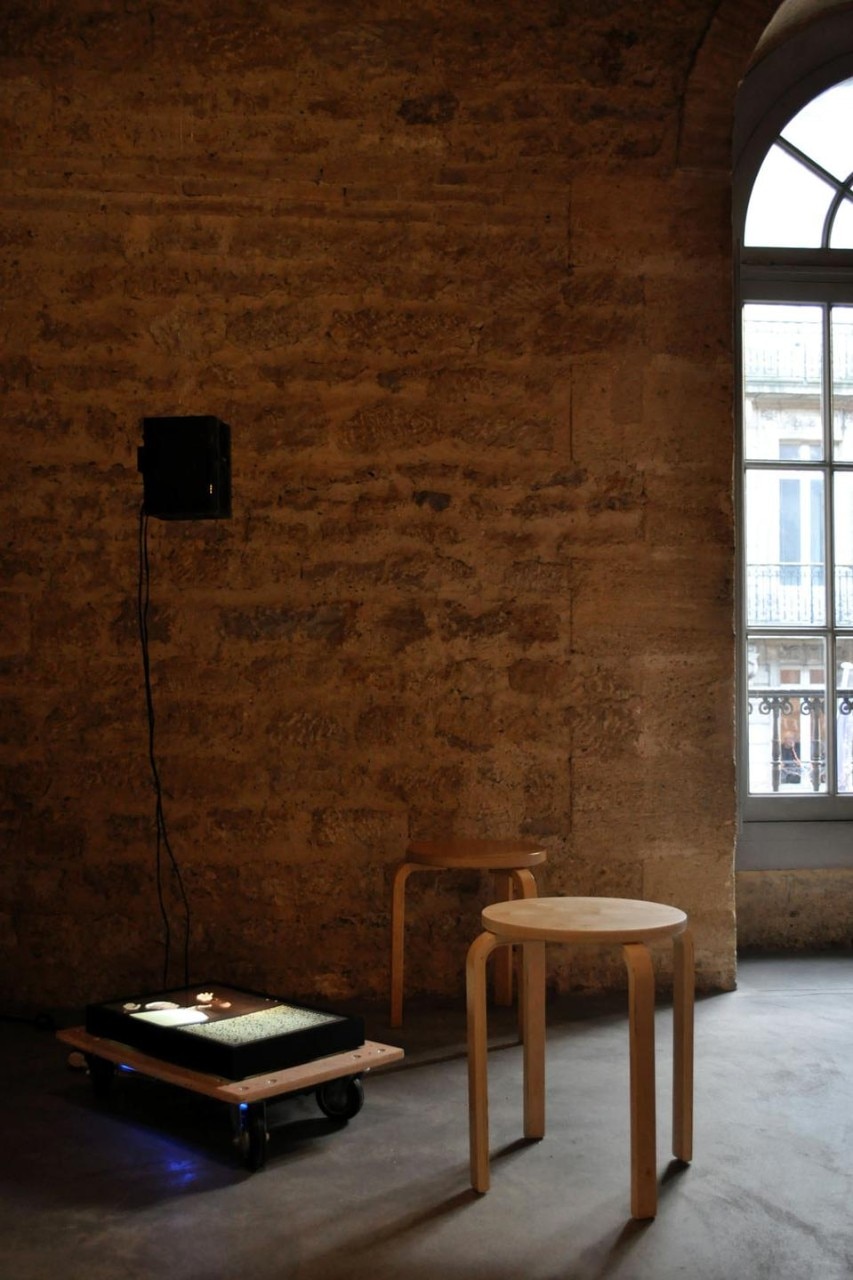
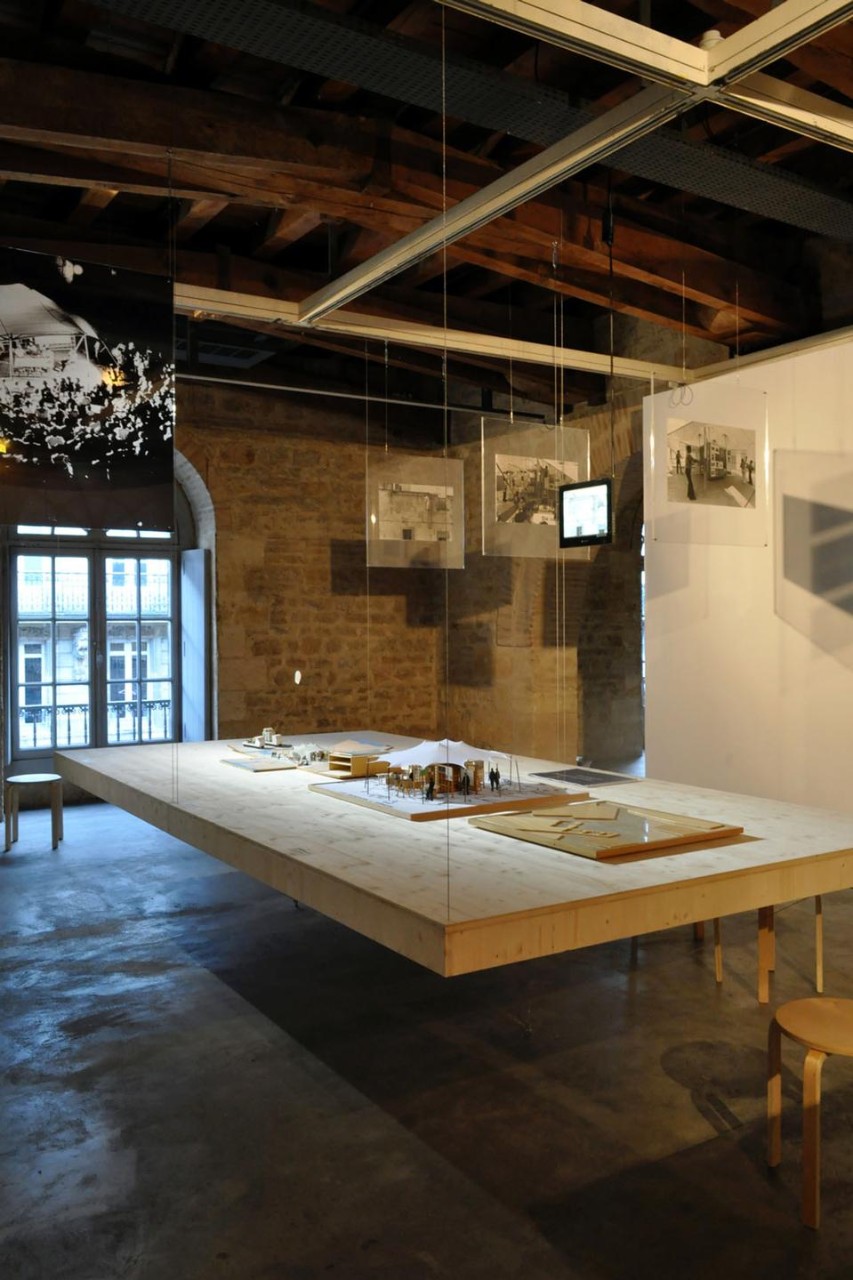
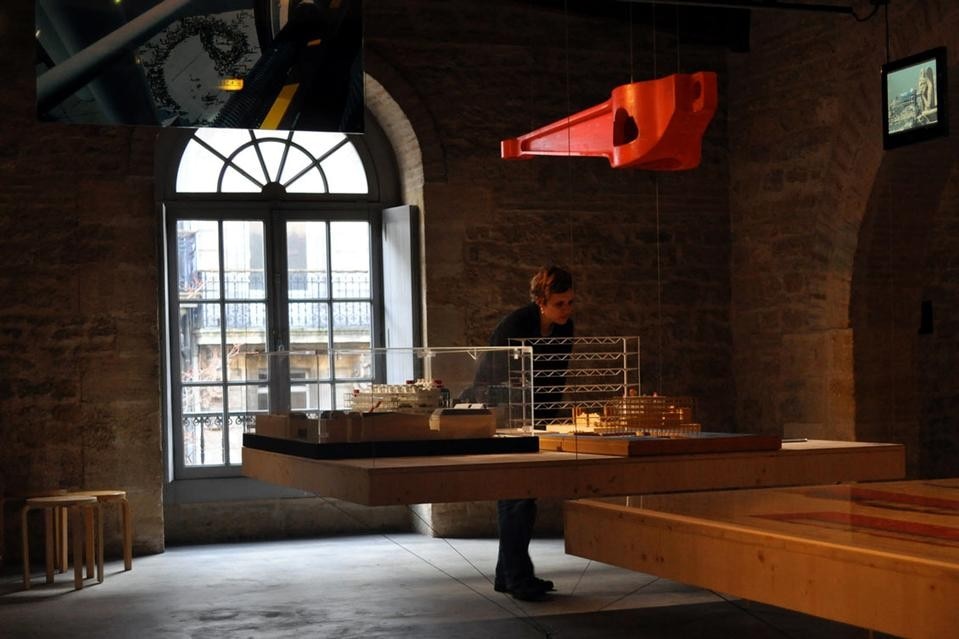
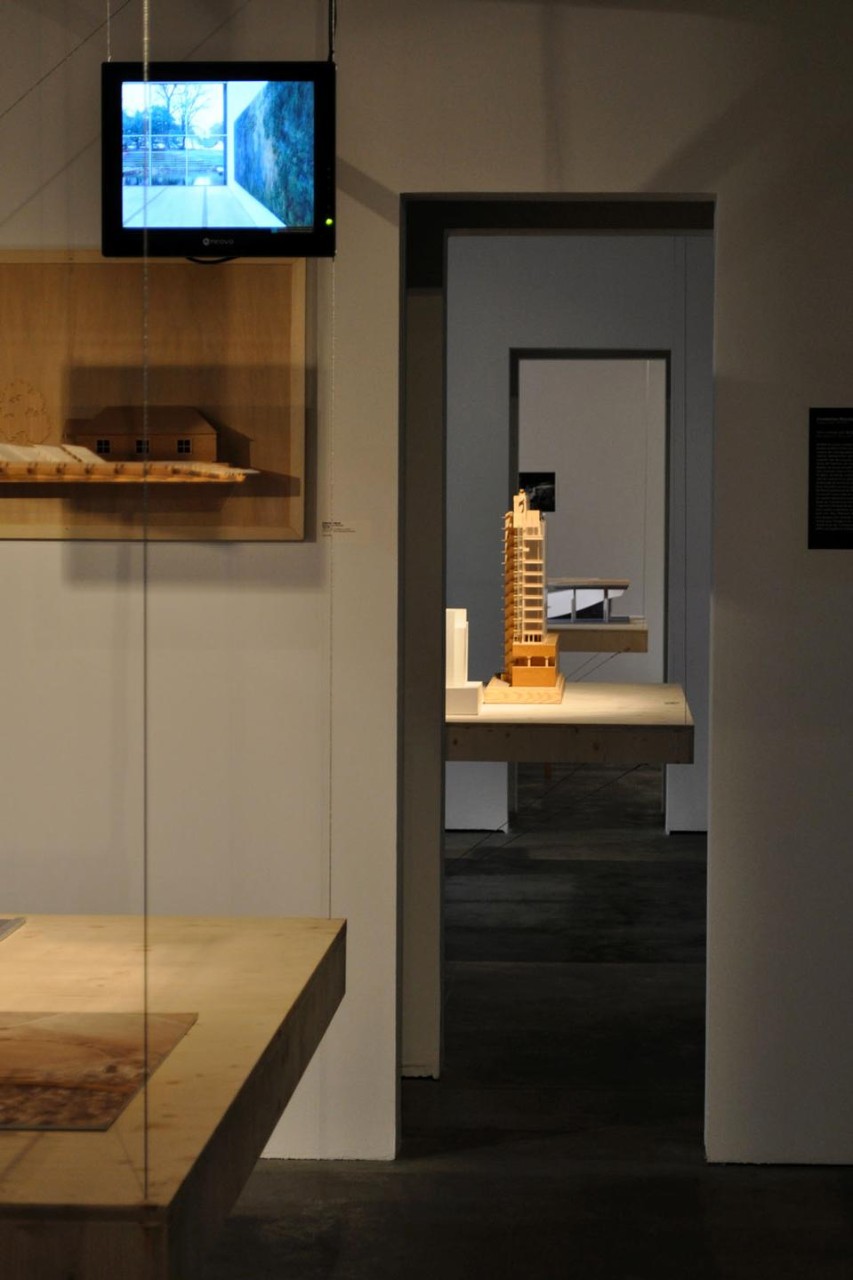
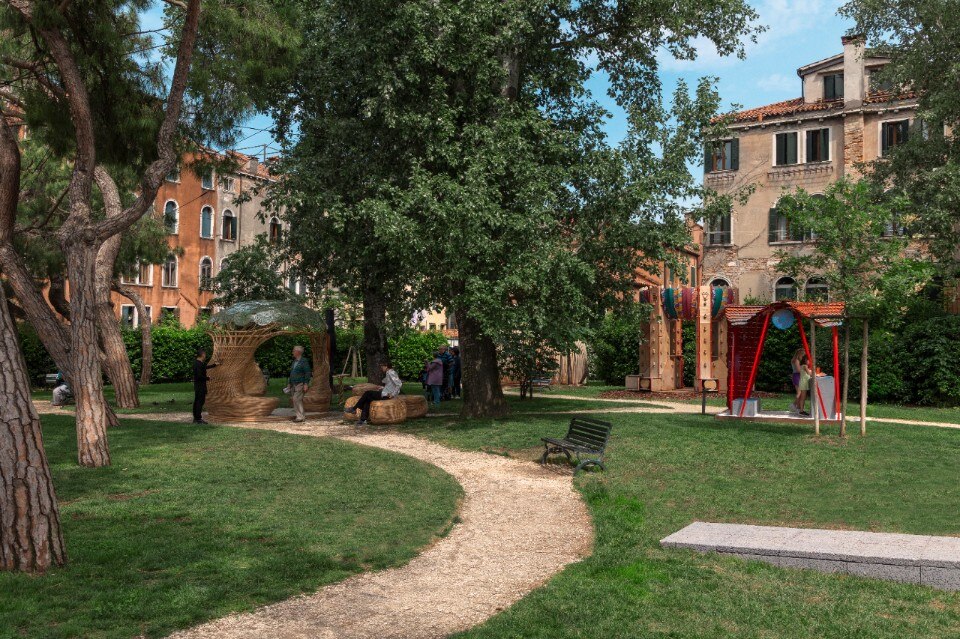
Time Space Existence: the Future of Architecture In Venice
Until November 23, 2025, Venice is the global hub for architectural discussion with "Time Space Existence." This biennial exhibition, spearheaded by the European Cultural Centre, features projects from 52 countries, all focused on "Repairing, Regenerating, and Reusing" for a more sustainable future.


